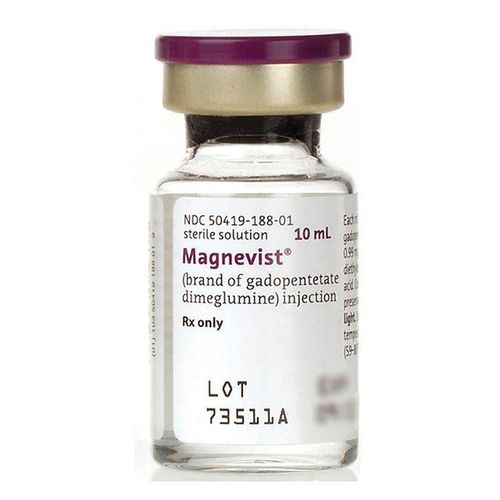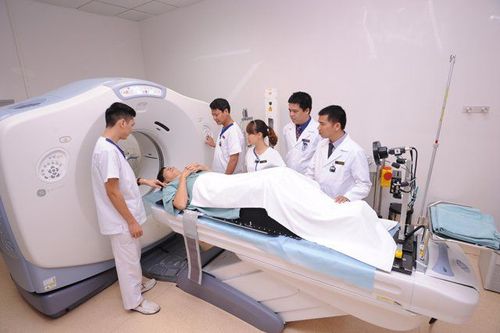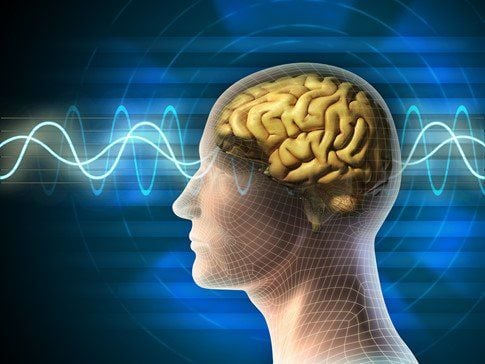This is an automatically translated article.
The article is professionally consulted by Master, Doctor Bui Ngoc Phuong Hoa - Department of Medical Examination & Internal Medicine - Vinmec Danang International General Hospital.
Headache is a common problem in many people, but many people think it is not dangerous because it may be a manifestation of weather changes, or due to stressful work, family conflicts, or stress. .. also caused a headache, so I bought my own medicine to drink.
1. Cause
Headache is a painful symptom in the head caused by many different diseases and causes. The brain does not perceive pain because the brain itself does not have receptors to perceive pain. Areas that can perceive pain include extracranial vessels, great veins, cranial and spinal nerves, meninges and neck and head muscles.If in common colds, the headache is often accompanied by a runny nose, cough, and fever, when these symptoms are gone, the headache will also be relieved. Chronic headaches, bacterial headaches, chemical headaches, or headaches, face due to diseases of the eyes, nose, ears, sinuses, teeth, mouth, neck, back of the neck...
As for Nervous system diseases, headache is a very common symptom and often the headache lasts a long time, so patients need to pay attention to differentiate and go to the hospital for timely treatment.
2. Dangerous headaches
2.1. Headache due to cerebrovascular malformationThe headache is a dull, persistent, and sometimes severe pain that may even be accompanied by tremors. Cerebral vascular malformations can cause cerebral hemorrhage, seizures, severe cases can lead to coma and death.
Cerebrovascular malformation is a phenomenon in which the blood vessels in the brain are abnormal. These vascular malformations, when ruptured, cause bleeding in the brain. Cerebral vascular malformation is a congenital and extremely dangerous disease. The disease is common in young people.
Cerebrovascular malformations can be diagnosed through brain magnetic resonance imaging (brain MRI). After the vascular malformation is detected, there will be a further evaluation that needs to be done, which is cerebral angiography (brain Angiogram). Cerebral angiography helps the doctor to have an accurate view of the position, size, and shape of the malformed vascular segment, and at the same time to chart the blood vessels where the malformed blood vessels arise.
Currently, there are three methods to treat cerebrovascular malformations including:
Traditional open surgery Radiosurgery Minimally invasive vascular ligation surgery, ligation Vasectomy method is widely used in treat more cerebral vascular malformations. The advantage of this method is that the doctor can completely block the malformed blood vessel with many different materials, prevent blood from circulating through the malformed vessel, minimize the possibility of blood loss and increase safety. Patients can be discharged the same day or one day after surgery.
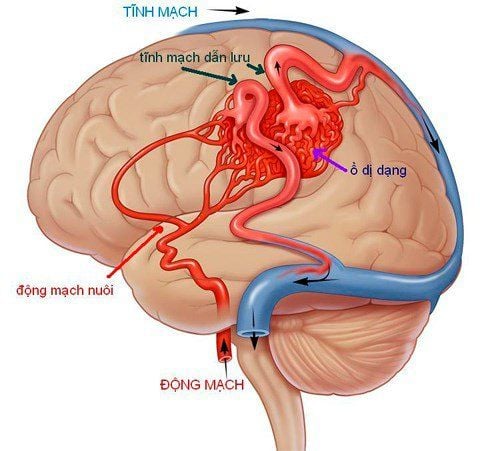
Severe headache, no relief from medication, stiff neck, vomiting, photophobia, and high fever. This is a common disease in children, the disease has a quick onset and is difficult to detect because babies often do not know how to describe their illness.
Meningitis is a viral or bacterial disease. If caused by a virus, the disease can be cured within a few days, but if it is caused by bacteria, the patient's health can become more serious and the possibility of death is high.
2.3. Headache caused by brain tumor
Headache caused by brain tumor causes increased intracranial pressure, so in the early stages the pain is usually dull and prolonged. Or pain in the middle of the night in the morning. The later stages of headache are accompanied by nausea, decreased vision, or focal neurological signs, such as limb paralysis, cranial nerve palsies, and blurred vision. At this time, the patient feels a constant headache and does not take pain relievers. Need to be computed tomography or magnetic resonance to determine surgery to avoid complications of coma, brain entrapment.
2.4. Hemorrhagic (stroke) headache
Headache is sudden, severe, and can lead to hemiplegia and rapid coma.
Hemorrhagic disease is a sudden onset, rapidly progressive and intense disease. Patients can have a stroke immediately after psychological and physical exertion or during work or normal activities, even while sleeping.
2.5. Headache due to hypertension
Common in patients over 50 years of age and comorbid hypertension. This type of headache is usually sudden and intense. Headaches are more localized in the occipital and frontal regions. Patients have a feeling of stiffness in the neck muscles, pain on the top of the head and may spread to the forehead, headache often hurts more at night.
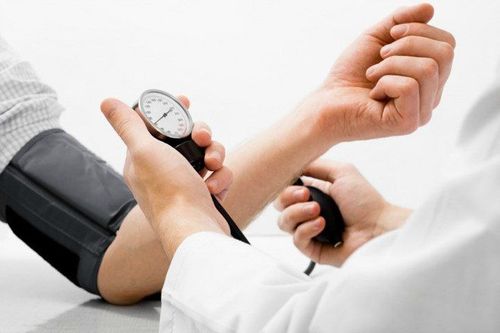
2.6. Traumatic headache
Occurs after a traumatic brain injury strong enough to cause unconsciousness, followed by headache, nausea, hemiplegia, confusion. In the elderly, sometimes even a slight impact does not cause skull trauma or loss of consciousness, but can still cause chronic subdural hematoma.
Patient feels pain all over the head, pain appears a few days or a few weeks after the impact. Constant dull pain and increasing gradually, when heavy bleeding will cause nausea and vomiting, loss of consciousness, even hemiplegia, leading to bowel and urinary disorders. At this time, emergency surgery is required to release the hematoma.
In short, when you see other unusual headache symptoms, you should immediately go to medical facilities for specific examination and use paraclinical means such as conventional computed tomography, magnetic resonance imaging. , or multi-slice tomography... to pinpoint the exact cause of the headache.
Patients should absolutely not be subjective with unusual headaches of unknown cause and think it's due to weather, cerebral ischemia, or vestibular syndrome... but arbitrarily buy pain relievers , cold medicine to use. For headaches, especially the above-mentioned malignant headaches, it is necessary to be carefully examined to determine the cause of the disease for timely intervention.
Master. Doctor Bui Ngoc Phuong Hoa has more than 24 years of experience in the field of neuropsychology. Doctor Hoa was formerly Deputy Head of the Department of Neurology - Quang Ngai Provincial General Hospital and participated in many continuous training courses on Epilepsy, Cerebrovascular Accident, Alzheimer's, Movement Disorders, Geriatrics. Endocrine Pathology.
Please dial HOTLINE for more information or register for an appointment HERE. Download MyVinmec app to make appointments faster and to manage your bookings easily.





